Tucson Mask Makers
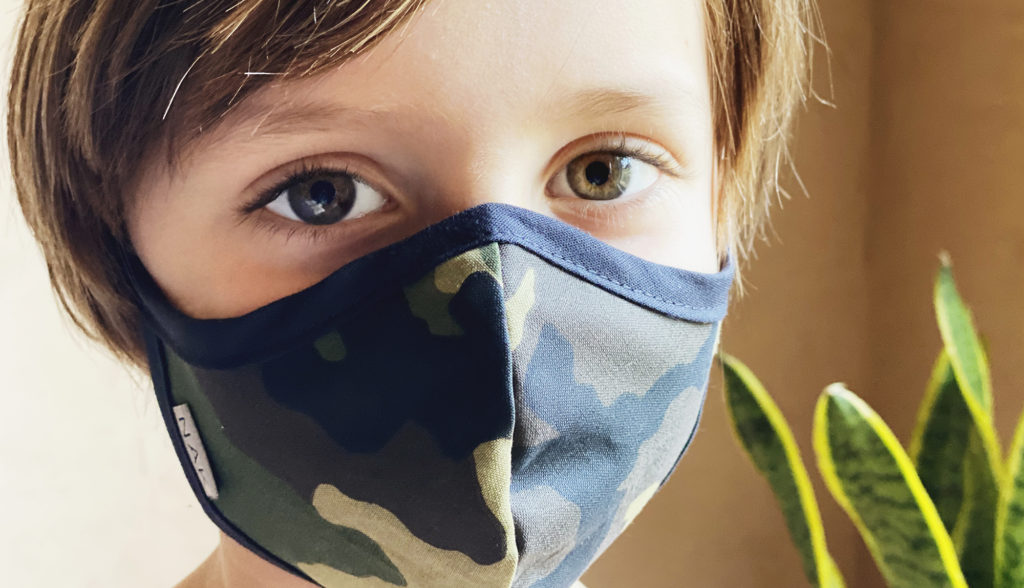
Mask up and shop local! Tucson mask makers and shops are helping to keep our community safe by offering face coverings in a range of designs and styles. Here are a few makers and places that caught our eyes.
ADIA JAMILLE
Adia Jamille is a textile artist who explores heritage and self through embroidery and quilting. In addition to home textiles and hand printed items such as baby blankets and hand dyed silk scarves, her triple layered face masks come in a range of modern prints. Her masks are 100% cotton and washable and they feature a pocket for a filter and a wire in the nose for a tighter fit. There is an option to purchase a mask and hand sanitizer duo (the hand sanitizer is made by Latina owned, Medicine Nuestra).
Cost: Child $8, Adult / Large $10. Shipping is available.
IG: @JamilleTextiles
FB: Jamille Textiles
www.AdiaJamille.com/face-masks
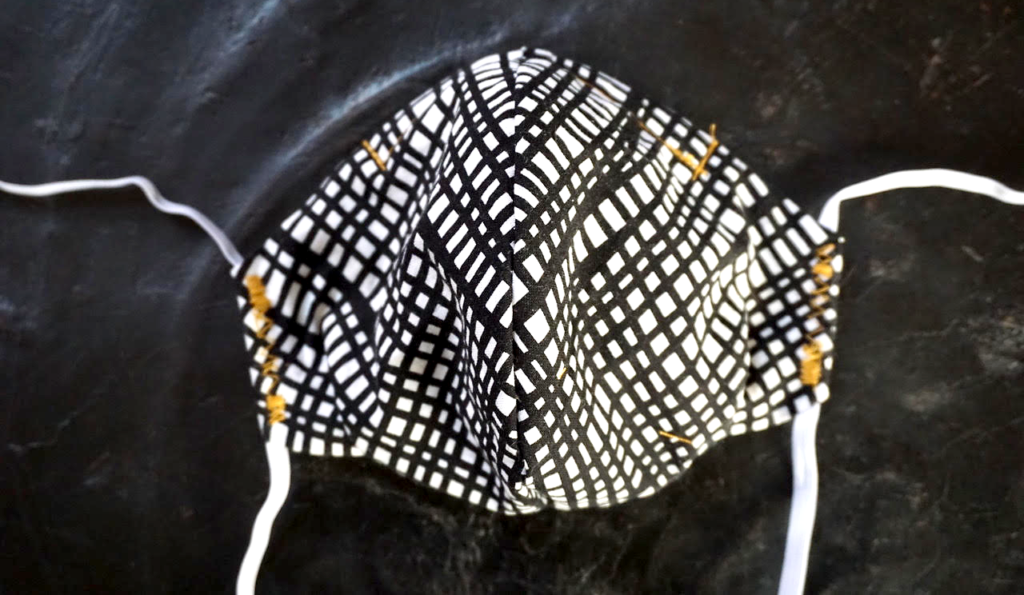
DESIGNS BY MW
One night in between studying for finals, Michelle Willis stayed up and taught herself how to sew masks using her mom’s sewing machine. Inspired to give back to her community, she donated over 700 masks in Sahuarita and Tucson while balancing nursing school and parenting. Now her masks are available to purchase through her Facebook page and on Etsy.
Cost: $10 for adults and children. Custom orders available. Local pickup available or $5 flat rate fee.
FB: Designs by MW
www.Etsy.com/Shop/DesignsMW
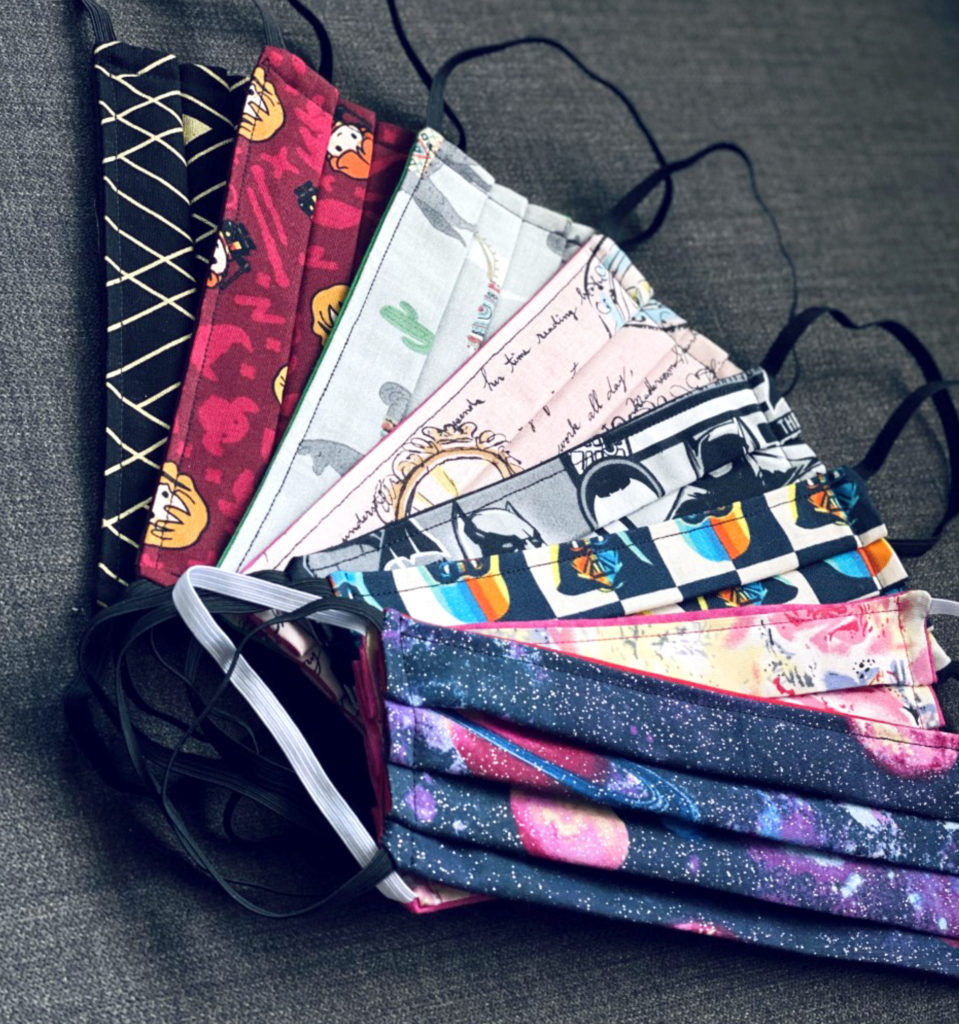
LAURA TANZER ATELIER
Her first series of masks were made from scraps from her own garment production. She uses natural fibers such as cotton and instead of elastic, uses two pairs of ribbon, one you tie behind your head and the other you tie behind your neck.
Laura makes sure small droplets are not coming in from the sides or below the chin or around the nose, so she has engineered her masks to include some insulated copper bell wire across the top of the mask so you can fit to your nose, eliminating the gap that can let in droplets, and also great for glasses wearers. She sews in Filtrete 1900 air filter material, between the interior cotton layer and the exterior cotton layer. The result is not medical grade N95, but it is much better than cotton by itself.
Learn more at https://lauratanzerdesigns.com/we-are-in-this-together/
410 N. Toole Ave
520-981-9891
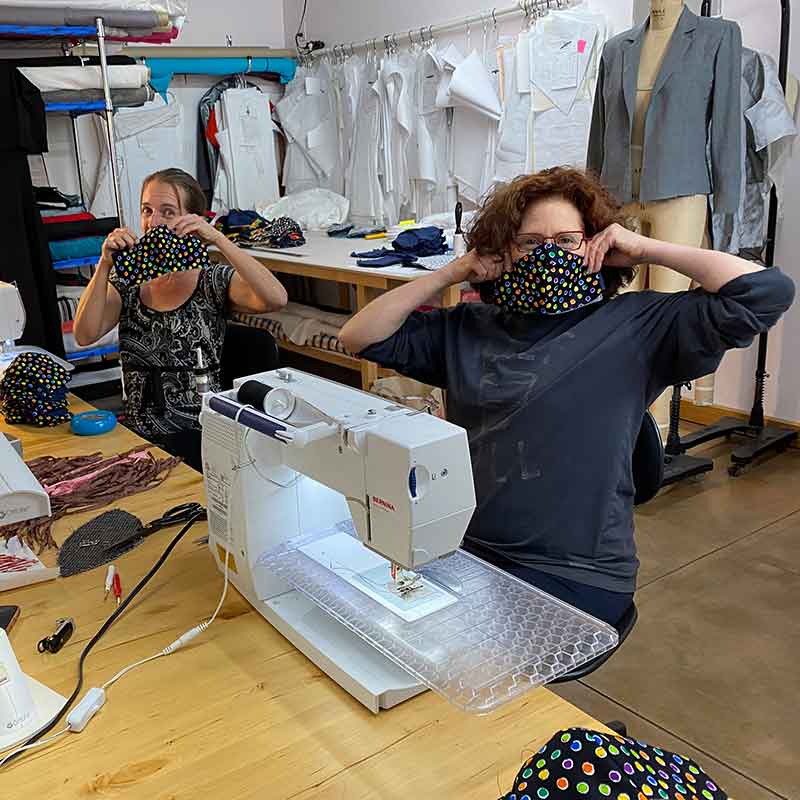
MILDRED AND DILDRED
This popular toy shop offers stretchy cotton face masks for toddlers and kiddos in a range of kid friendly prints, made by their local seamstress team.
Cost: $8.50 for all sizes. Offers delivery, curbside or store pickups.
520-615-6266
IG: @MildredandDildred
FB: Mildred & Dildred
www.MildredandDildred.com

NAK MASKS
Shauna Smith had recently opened Needles and Knots, a sewing and design school when the shutdown occurred. Soon customers were requesting masks and so within a few weeks she developed a mask with a unique style, the NAK M820 and a lighter weight version, the NAK M1720 “Swoosh”. With a minimalist design and modern prints, her masks are comfortable and use a sliding bead to easily adjust the fit.
Cost: $15 for adult and kid sizes. Free local pickup is offered as well as priority shipping.
520-261-9548
NAKMasks@gmail.com
FB: NAK Masks
www.NAKMasks.com
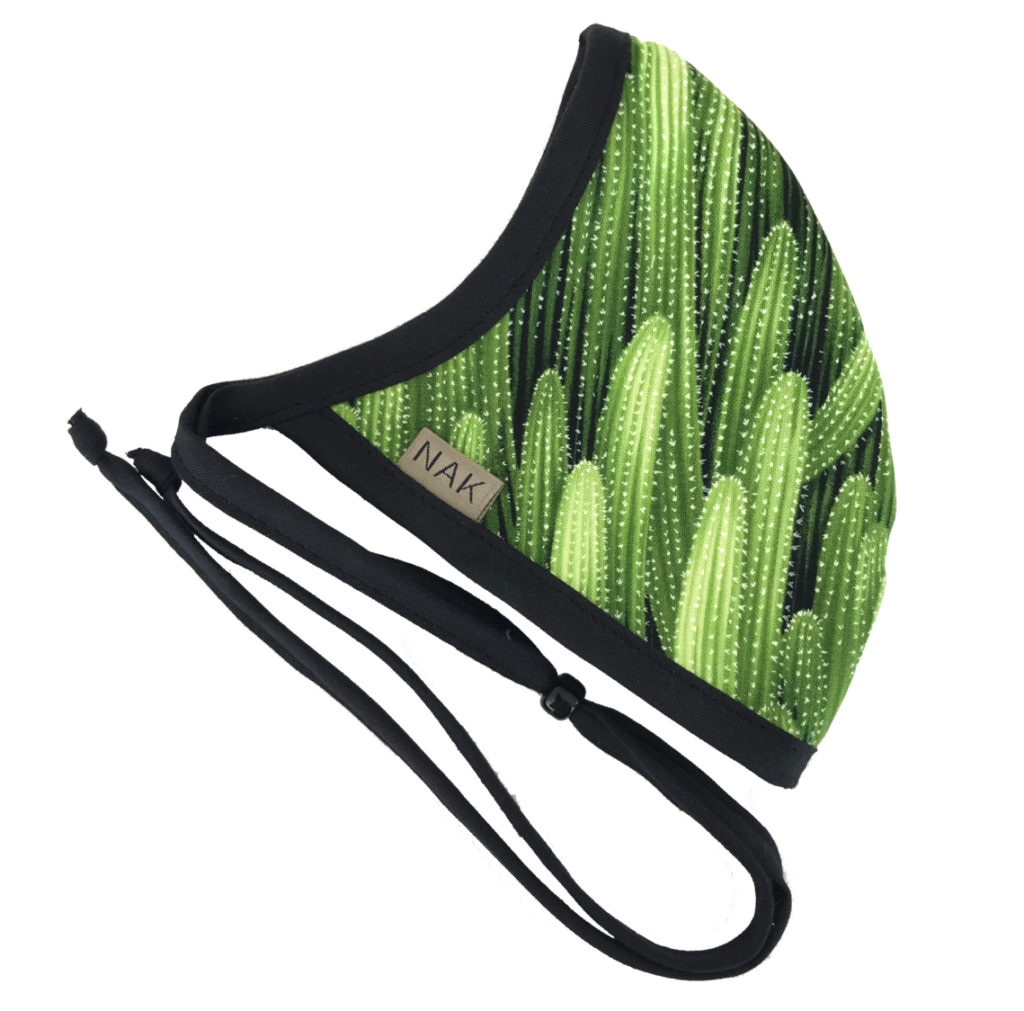
POP-CYCLE
This women owned shop is a beloved favorite for gifts, featuring locally made art and goods, often with recycled or quirky elements. Recently their team has been busy sewing masks with fun and gender neutral patterns available to purchase or donate one to someone in need. Over the last several months they have donated masks to the Navajo and Tohono O’odham Nations. Their masks are made with 100% cotton and elastic straps and available in two styles. One style has 3 layers with a wire sewn over the nose but a string can be added if a tie on mask is preferred. This style is a tad wider and can accommodate a bigger nose or face. The second style has two layers with an opening for a filter.
Cost: $14 for adult and kid sizes. Shipping is available.
520-622-3297
IG: @PopCycleShop
FB: Pop-Cycle Shop
www.PopCycleShop.com
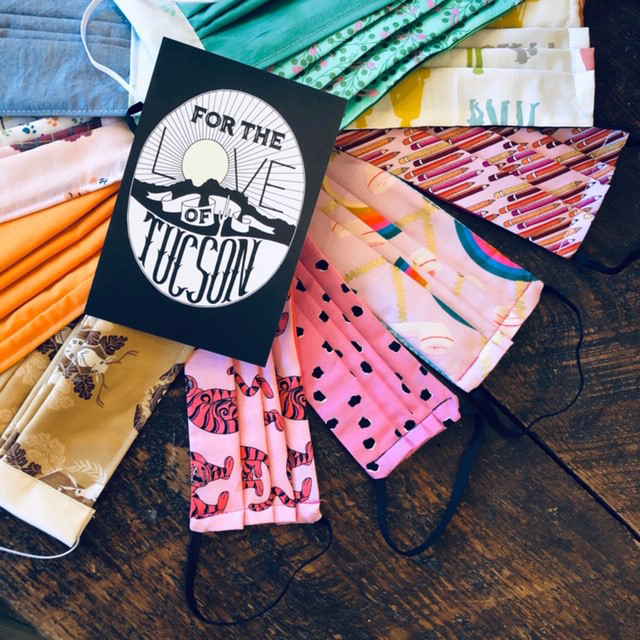
QMULATIVE
Known for his hand crafted pocket tees, Quinlan Wilhite has turned his Phoenix Fashion Week Designer of the Year sewing skills towards masks. His masks are cotton with a filter pocket, elastic hoops and they are washable. When you purchase a mask, he will donate a mask to an individual in need.
Cost: $15 for ages 6 and up. Shipping is available.
IG: @Qmulative
FB: Qmulative
www.QmulativeBrand.com
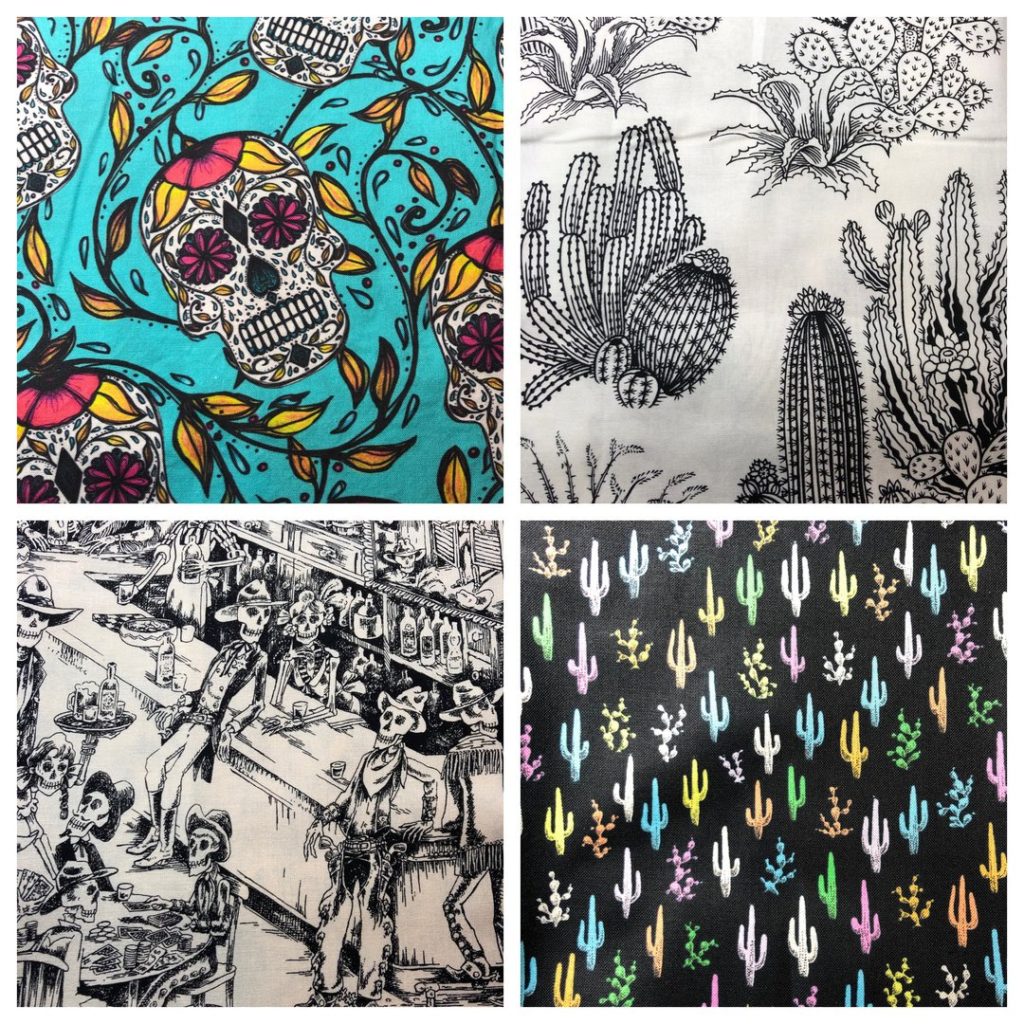
SWEET NOLA BOUTIQUE
What started out as making masks to donate to frontline workers in Tucson evolved into an effort to make over 4,000 masks sent to the VA Hospital, Banner, Emerge Women’s Center and other facilities and community front line workers across the country. Now masks are available to individuals for purchase or by donation to organizations and facilities that need them most. Their masks have 3-layers with 100% cotton face covers and 3 styles are available: pleated, face conforming or rope tie. Custom requests for wording, logos or embroidery are welcome. Random prints are sent for online orders. If a donation is needed please email riapatino09@gmail.com for consideration and pick up arrangements.
Cost: $7 for adult and children sizes. Shipping and local pick-up is available. 520-260-0271
FB: Sweet Nola Baby Boutique
www.SweetNolaBaby.com
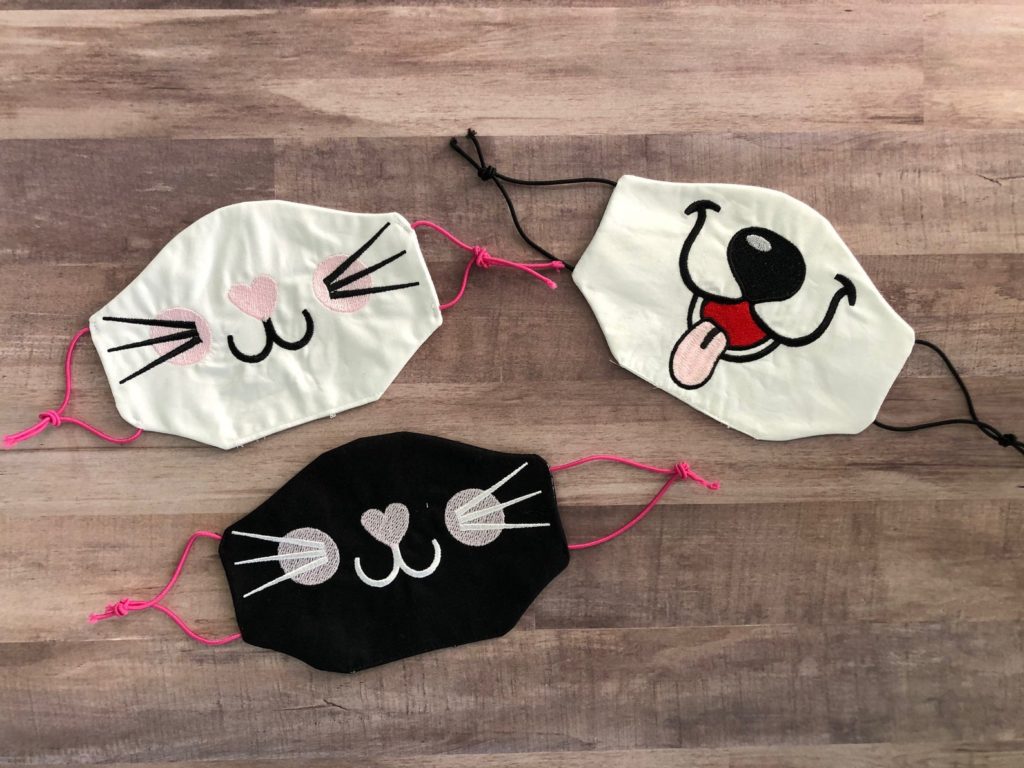
TINY & TOOTHLESS
Tiny and Toothless was started in 2015 by Ruth Latona, a high school art teacher and mother. She primarily makes baby bibs and bandanas, but when the pandemic shutdown occurred, she quickly pivoted to where the need was strongest and started sewing masks. Her masks are contoured with three layers of 100% cotton and ties. Custom made for small children up to larger sizes.
Cost: $10 regardless of the size. Shipping is $2 to anywhere in the U.S.A, no matter what quantity is ordered.
Tiny&Toothless@gmail.com
IG: @TinyandToothless
FB: Tiny and Toothless
www.Etsy.com/Shop/TinyandToothless
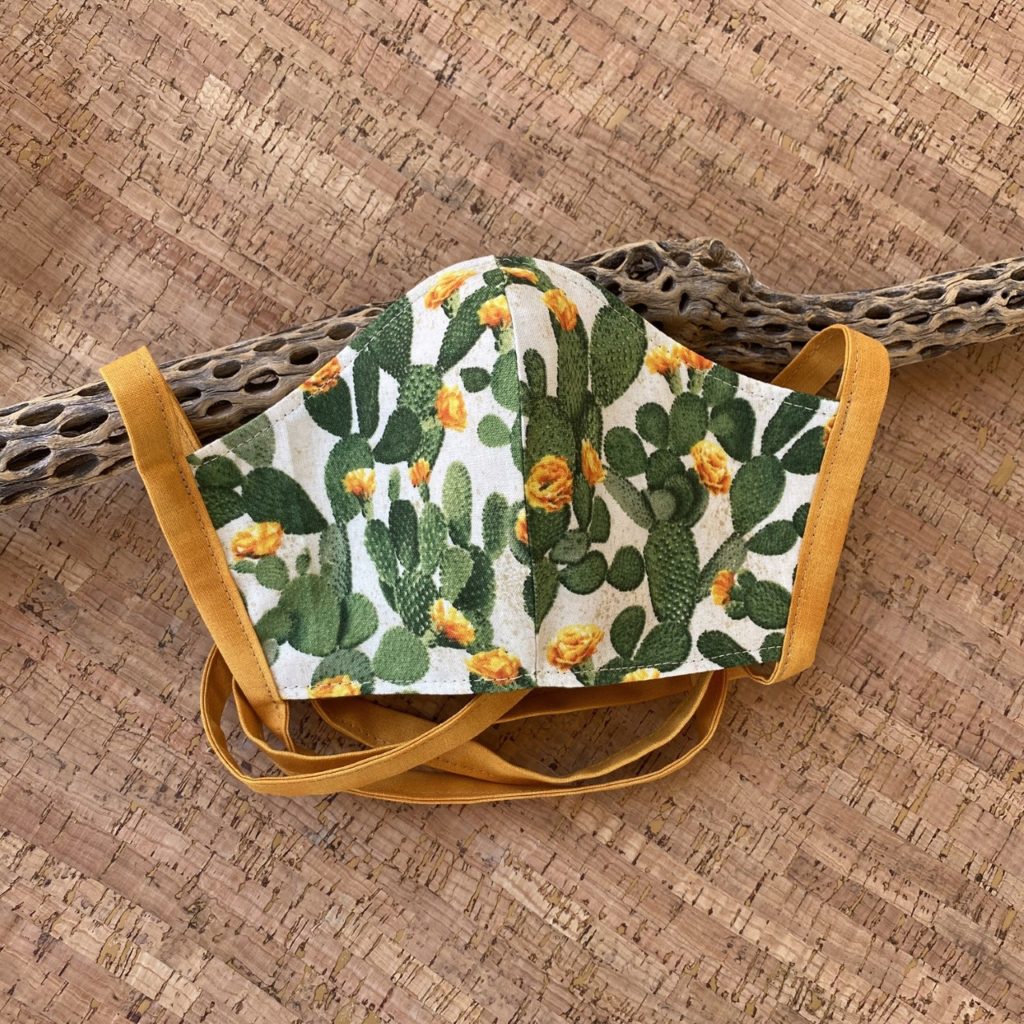
WHY I LOVE WHERE I LIVE
This popular gift shop celebrating our city, offers a range of fun local goods from clothing and jewelry to stickers, books, toys and games. Their face masks are cotton with elastic hoops and a filter pocket, and are created by their in-house seamstress and for every mask sold, they will donate to a local organization in need.
Cost: $15, for ages 6 and up. Shipping is available.
520-422-5770
Info@WhyILoveWhereILive.com
IG: @WhyILoveWhereILive
FB: Why I Love Where I Live
www.WhyILoveWhereILive.com
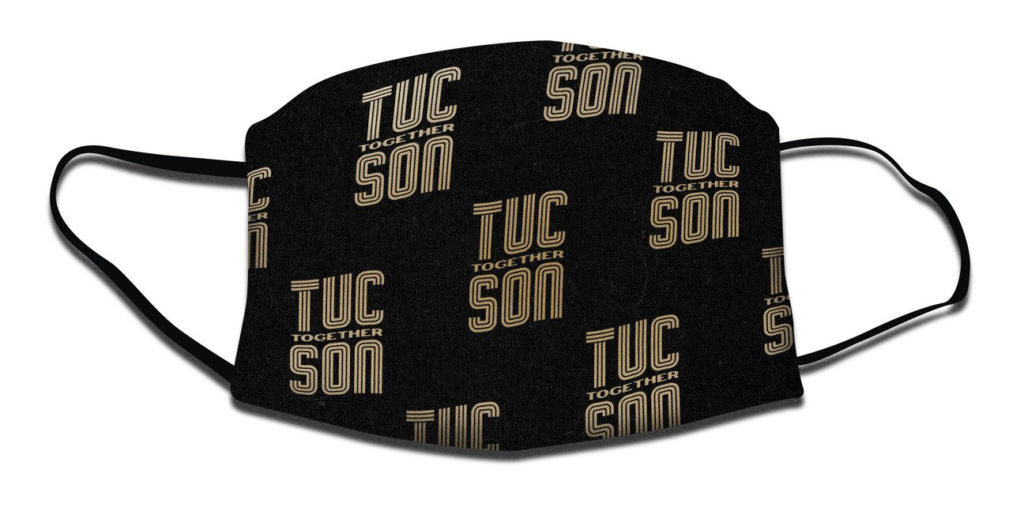
WORST WESTERN
Known for handmade lingerie with an artistic flair and ready to wear garments, Diana Williams, designer and seamstress of Worst Western, believes that learning a trade like sewing not only empowers you but allows you to be of service to your community. She began offering free masks to encourage their use to those who may have been resistant to the idea or for those who are not able to afford one. All masks in the shop are hand printed and pieced together at a sewing machine by Diana. Her masks come in a range of materials and feature elastic straps. Strings can be added.
Cost: $8 to $25, adult and kid sizes available. Free shipping. WorstWestern@gmail.com
IG: @WorstWestern
www.ShopWorstWestern.com
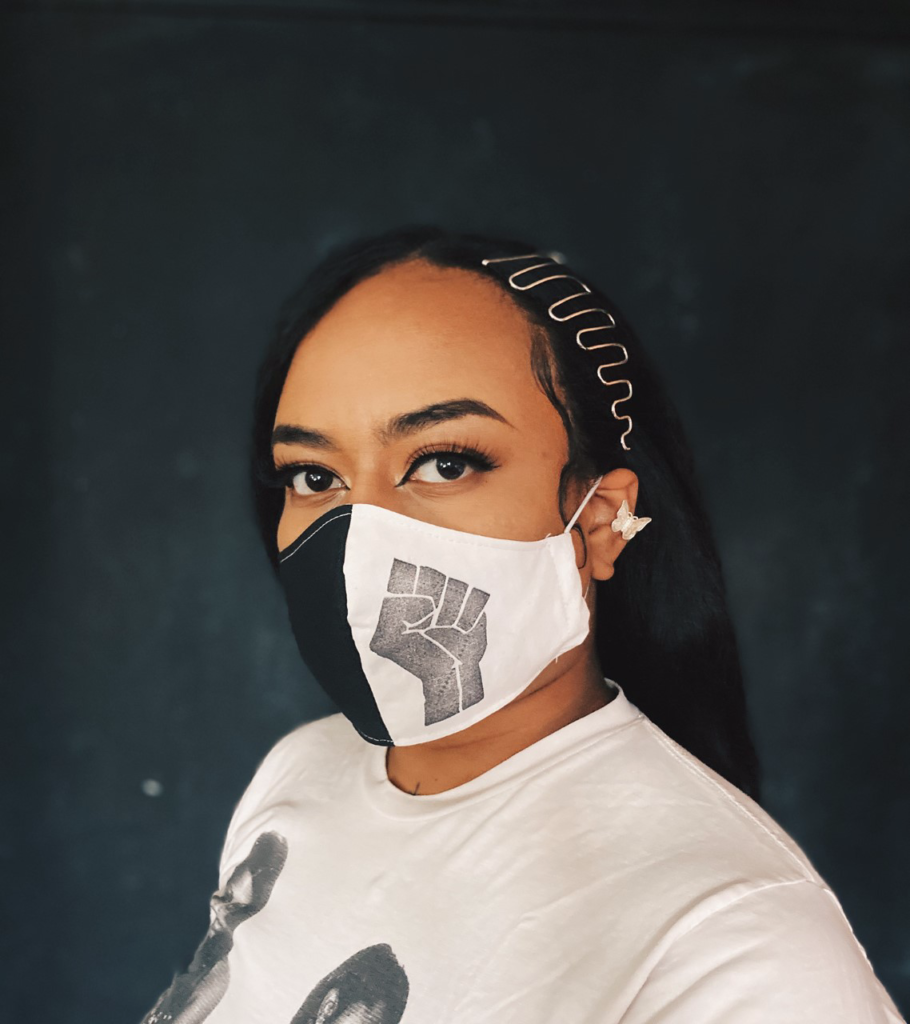

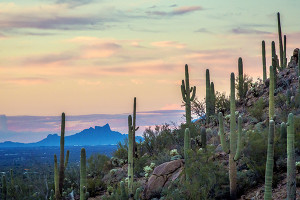




Also find us on...